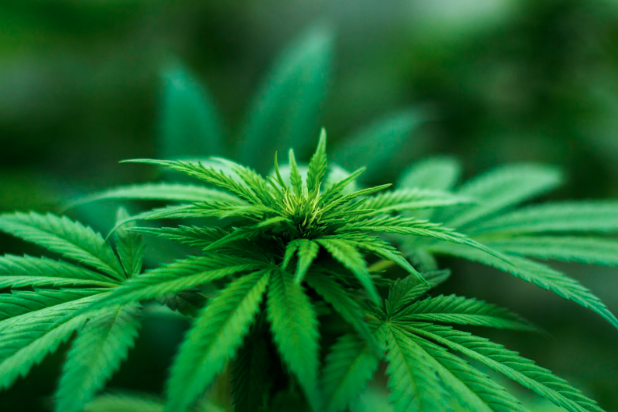Source: https://www.pexels.com/photo/shallow-focus-photography-of-cannabis-plant-606506/
As of April 2024, 38 states, three territories, and the District of Columbia allow the use of cannabis products for medical purposes in the USA. However, it was not always like this. In fact, the cannabis products legislation has undergone multiple changes in the US legal system. Many states have only gradually grown to accept medical cannabis programs. This article examines legislative changes in the medical marijuana landscape and their implications for patients and healthcare providers.
Medical Cannabis: Overview and History
Medical cannabis or marijuana is what you get when you use products of the cannabis plant to treat conditions. The cannabis plant contains various types of chemicals. Each of these has a different effect on the body. Among other things, they can be used to treat the symptoms of chronic pain, muscle spasms, epilepsy and seizures, and Alzheimer’s disease.
Remember that the chemicals do not treat the condition but its symptoms, giving you relief. Marijuana is also known to reduce anxiety and improve sleep for users. California was the first state to legalize the use of marijuana in medicine in 1996. Then, the 2000s saw a slow increase in other states adopting similar laws. However, despite many states permitting it, the use, sale, and possession of cannabis is illegal under federal law.
Conflict with federal regulations can result in the loss of employment, housing, and banking. This has created a complex clash of laws as individuals have to navigate a patchwork of state laws that offer legal protection and federal regulations that impose penalties.
Recent Legislative Trends And Their Implications
Recently, public awareness of marijuana’s therapeutic effects has increased, leading to more states enacting legislation to legalize it:
New York
Since 2020, New York has expanded its medical marijuana program in various aspects. The application processes are simpler now; patients can register by online video consultations for their medical marijuana certifications. It is one of the states leading the charge, having introduced a social equity program to support individuals from communities harmed by cannabis prohibition. The equity initiative includes grants for minority-owned cannabis businesses and licensing for those with prior drug convictions.
The state has also expanded qualifying conditions to include PTSD, anxiety, etc. Now, patients can access medical marijuana to manage their symptoms that have previously gone untreated. Additionally, the new legislation allows a wide range of cannabis products, including edibles, oils, and vapes, which reflects a growing recognition of patient preferences.
Texas
Texas has significantly broadened the qualifying conditions for the use of medical marijuana by adding PTSD, multiple sclerosis, and neurological disorders to the list. It has also raised the bar for THC limits in cannabis products. THC is the main active ingredient in cannabis and is necessary for effective remedies; increasing its concentration leads to more robust treatment, thereby alleviating pain sooner.
The state has a tightly controlled medical marijuana program under the Compassionate Use Act; only a limited number of dispensaries are licensed, which regulates the market and ensures quality and safety. However, this entails that access may be limited. One way Texas has mitigated this problem is by implementing telemedicine options. This way, you do not have to visit a doctor physically. All you have to do is visit a telehealth portal and get your medical card.
If you are looking for a medical marijuana card and wish to save up time, book an appointment on Leafy DOC and match with a licensed marijuana doctor. Save your time and money, and get expert guidance for your betterment!
Virginia
Virginia was the first southern state to legalize recreational cannabis. This new law allowed adults aged 21 and older to legally possess up to one ounce of cannabis for personal use. Citizens were also permitted to cultivate up to four cannabis plants per household. Lawmakers were to authorize licensed cannabis sales by 2024. We have yet to see that shift, but the decision represents a significant change in the state’s approach to cannabis. This move has multiple implications for Virginia’s medical marijuana market:
- Increased access: A recreational marijuana market will provide a broader range of quality products. This may lead to better quality and variety, enhancing options for those who rely on cannabis for medical treatments.
- Market growth: With a regulated market, there is potential for growth in the cannabis industry. There will likely be an inflow of investments. This will stimulate economic activity, employment, and development. Overall, there will be a positive impact on the sector.
- Price reductions: As competition decreases and more variety becomes available, the price of medical marijuana will decrease, ultimately benefiting both medicinal and recreational users.
Endnote
The evolving landscape of medical marijuana legislation has shown a significant shift in public perception over the past two decades. While most states have recognized its benefits, some challenges persist, making legislation’s future dynamic. In order to progress, it will be crucial to address these complexities and ensure that the benefits of medical marijuana are accessible to all who need it.
